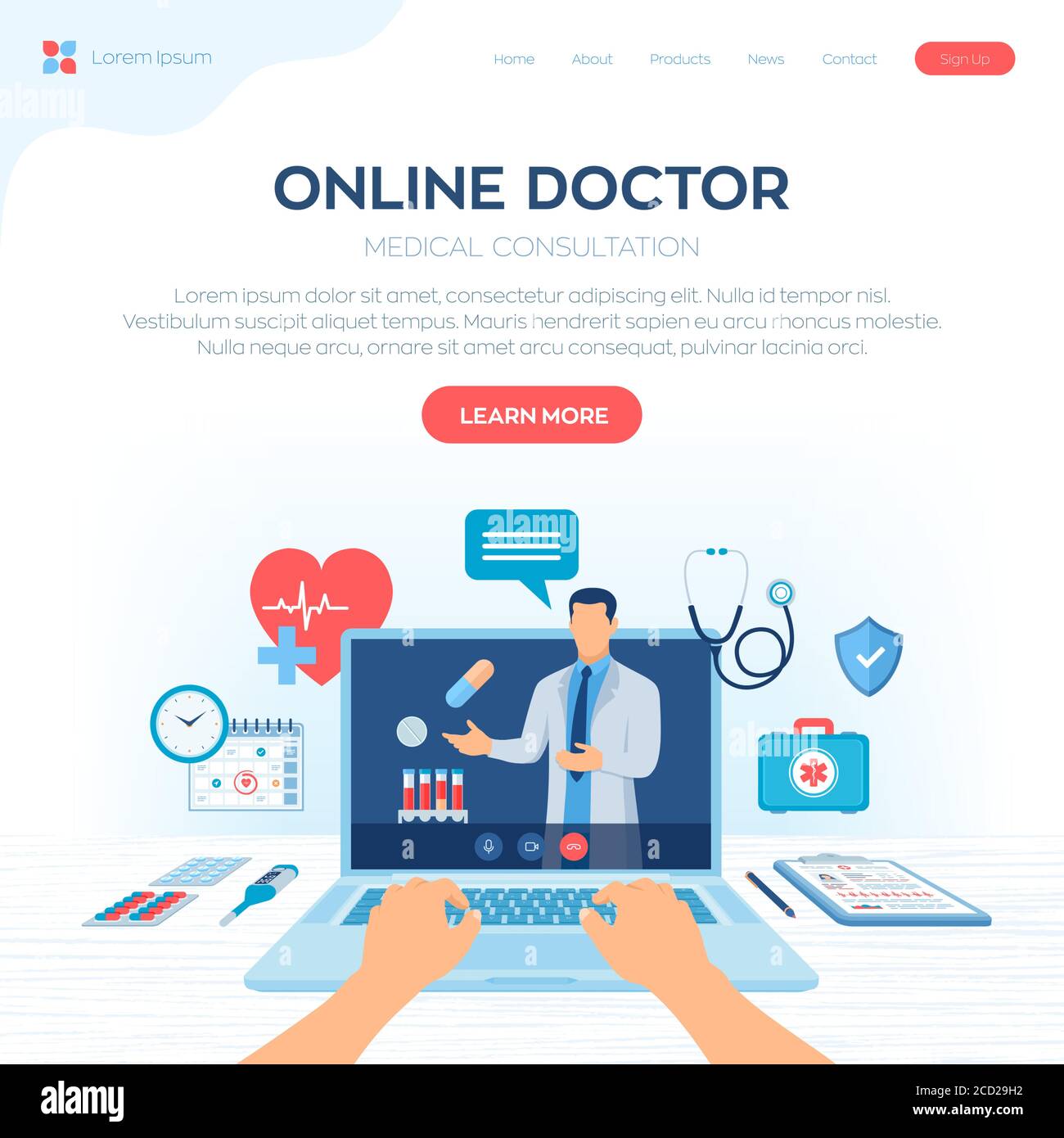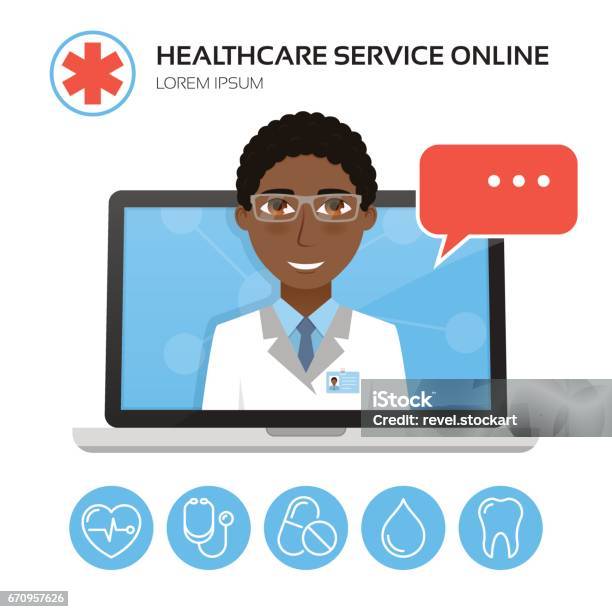Understanding the Cost Savings of Subscription Based Healthcare for Families
Understanding the Cost Savings of Subscription Based Healthcare for Families
Blog Article
Understanding the Cost-Effectiveness of Subscription-Based Healthcare Models
As the health care landscape advances, subscription-based models become a compelling choice, promising to redefine exactly how people handle clinical costs. Evaluating these designs' cost-effectiveness demands a nuanced contrast with conventional insurance policy, considering both economic ramifications and individual satisfaction. While they use openness and predictability in prices, questions stay concerning their ability to meet diverse medical care demands, especially for specialized treatments. The point of views of healthcare carriers further complicate this equation, providing a diverse obstacle. What does the future hold for these versions, and can they absolutely supply on their promise of available, inexpensive care?
Review of Subscription-Based Models
Subscription-based medical care designs, often referred to as direct medical care or attendant medication, are progressively acquiring attention as a possible option to ineffectiveness within conventional health care systems. These versions operate on the principle of offering patients straight access to healthcare service providers via a month-to-month or yearly cost, bypassing the demand for standard insurance systems. This arrangement intends to enhance patient-provider interactions by lowering administrative burdens, which usually impede individualized and timely treatment.
At the core of subscription-based models is the focus on a more individualized client experience. Patients gain from boosted access to their medical professionals, commonly including next-day or same-day appointments, prolonged consultation times, and straight communication channels such as phone or video phone calls. This version promotes an aggressive strategy to medical care, where suppliers and people can collaboratively concentrate on preventative treatment and chronic illness monitoring.

Expense Contrast With Typical Insurance

One of the key monetary advantages of subscription models is openness in prices. Alternatively, standard insurance coverage may be more useful for people needing specialized care or pricey therapies not covered under a membership model, as they profit from the wider protection network and cost-sharing mechanisms.
Nonetheless, cost-effectiveness is context-dependent. While membership versions may offer financial savings for those mainly requiring medical care, individuals with persistent conditions or specialized medical care needs could find typical insurance extra extensive. Evaluating certain medical care requirements and prospective use is essential in figuring out the most cost-effective choice for people.
Effect On Patient Fulfillment
Person contentment within subscription-based medical care versions commonly mirrors a considerable enhancement over conventional insurance systems. Unlike traditional systems, where patients could experience hold-ups in getting care, subscription-based versions make certain even more prompt and direct communications with medical care carriers.
In addition, the openness in costs connected with subscription-based medical care minimizes the usual irritations related to unexpected fees and intricate invoicing procedures seen in typical insurance coverage (subscription based healthcare). Patients value knowing the specific monetary dedication upfront, causing raised trust and confidence in their medical care management
In addition, the emphasis on preventive treatment and wellness in membership models adds to improved wellness outcomes, better improving patient fulfillment. By focusing on continuous health care instead of episodic care, people experience a more constant and holistic healthcare trip.
In addition, the enhanced provider-patient connection cultivated in these models, defined by even more time spent per client and individualized focus, plays an important duty in boosting patient fulfillment degrees, as people really feel genuinely cared for and comprehended.
Provider Perspectives and Experiences
From the supplier's point of view, subscription-based healthcare models offer a transformative method to providing clinical solutions. These models emphasize a preventative and positive medical care strategy, allowing carriers to concentrate on detailed individual treatment without the restraints of typical fee-for-service setups (subscription based healthcare). This change in emphasis commonly causes enhanced client results and enhanced company fulfillment, as health care experts can assign more time and sources to person interaction and customized care plans
Moreover, registration versions assist in predictable revenue streams, which boost economic stability for doctor. This predictability allows for improved source planning and allocation, adding to a much more efficient medical care distribution system. Companies can purchase team training, infrastructure, and modern technology improvements, consequently enhancing the top quality of care supplied.
Nevertheless, the change to subscription-based designs is not without obstacles. Companies must adjust to brand-new operational structures, which can involve substantial changes in invoicing techniques and client monitoring systems. Additionally, there is an intrinsic need for robust information administration to track client results and ensure high quality care. Regardless of these difficulties, numerous providers find that the advantages of boosted patient interaction and structured procedures outweigh the initial difficulties, making subscription-based versions an eye-catching option.
Future Leads and Obstacles

A main challenge is regulatory conformity, as membership models have to follow advancing health care policies and insurance policy needs. This requires continuous adjustment and development to ensure placement with legal criteria. Furthermore, integrating these models right into existing healthcare frameworks can be complex, calling for considerable financial investments in innovation go to these guys and training.
There is also the prospective risk of producing inequities in health care accessibility, as registration designs could favor those that can afford them, leaving prone populations underserved. Resolving this calls for thoughtful consideration of rates techniques and aid mechanisms to ensure inclusivity.
Final Thought
Subscription-based healthcare models provide a feasible option to standard insurance policy by supplying economic predictability and openness, specifically profiting people investigate this site with persistent problems or constant medical care requirements. The cost-effectiveness of these designs is contingent upon private health care usage patterns and situations.
Subscription-based healthcare models, sometimes referred to as direct primary treatment or attendant medication, are progressively gaining attention as a potential option to ineffectiveness within typical health care systems. Unlike standard systems, where individuals may experience delays in receiving treatment, subscription-based versions make sure more prompt and direct communications with medical care carriers.
These designs stress a aggressive and preventative healthcare approach, permitting companies to focus on comprehensive person care without look at this website the constraints of typical fee-for-service plans. As these models proceed to obtain grip, they offer the prospective to transform person access to care, streamline solution delivery, and maximize healthcare investing.Subscription-based health care versions provide a viable option to conventional insurance by using financial predictability and transparency, specifically benefiting people with chronic problems or constant health care demands.
Report this page